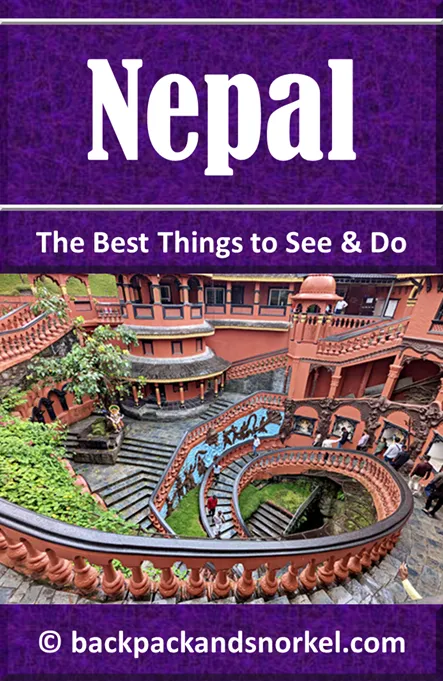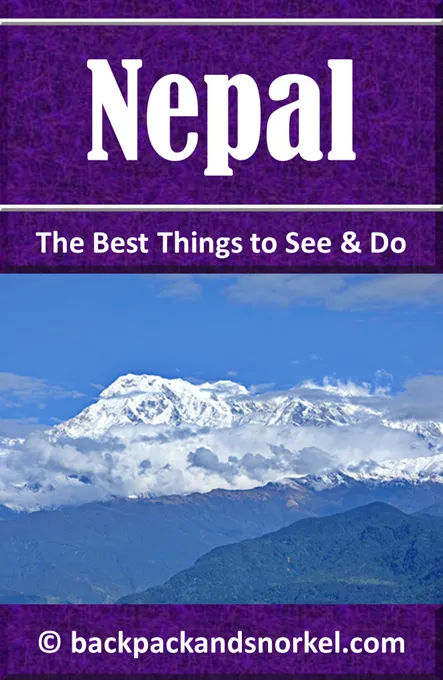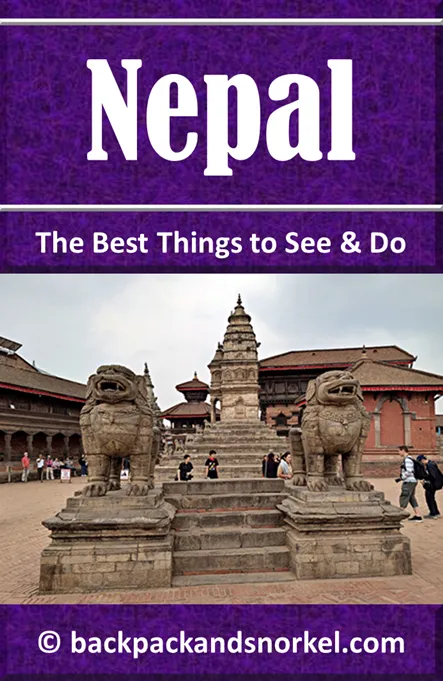Maju Dega Temple: Discovering Kathmandu Durbar Square's Towering Shiva Shrine - Nepal Purple Travel Guide
(map, reviews)
This is Premium Content! To access it, please download our
Backpack and Snorkel Purple Travel GuideThe second of the 2 temples with the steps leading to them, to the right (north) of Trailokya Mohan Narayan Temple is Maju Dega Temple.
Maju Dega Temple in Kathmandu Durbar Square is a historically significant 17th-century Shiva temple, once known for its towering architecture and central role in Kathmandu’s social and spiritual life.
The temple is not open for visitors, but its steps are typically filled with people seeking to rest during their exploration of Kathmandu Durbar Square.
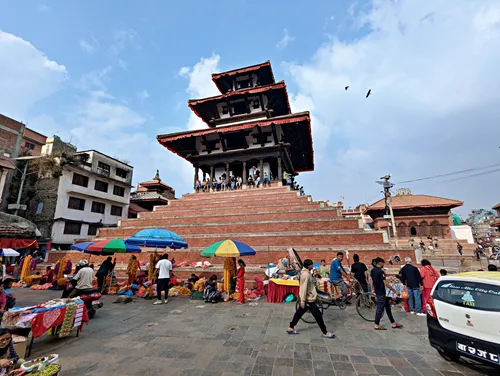
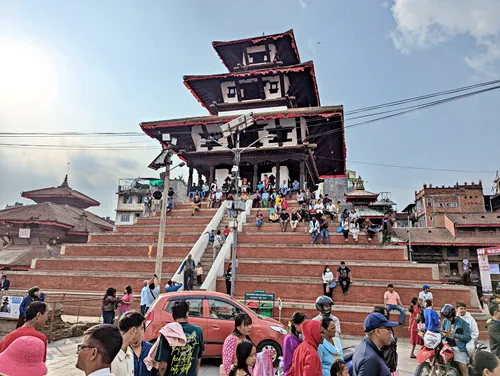
Here at Backpack and Snorkel Travel Guides, we typically promote self-guided walking tours.
But we realize that not everybody likes to walk by themselves in a foreign city. So, just in case that you rather go with ab guide: NO PROBLEM! Please see the Viator tours below.
free GuruWalk tours
paid Viator tours
Origin of the name Maju Dega Temple
The name ‘Maju Dega’ loosely translates to ‘Great Temple’ or ‘Great Shrine’ in the Newar language. The word Dega is derived from the Newar term for ‘temple’, and Maju implies something significant or grand. This name reflects both the size and importance of the temple within the urban and religious landscape of Kathmandu.
Historical Significance and Use of Maju Dega Temple
Maju Dega was originally built in 1690 by Riddhi Lakshmi, the queen mother of King Bhupatindra Malla of Bhaktapur. Though she belonged to the Bhaktapur royal court, her patronage extended to the neighboring city of Kathmandu, showing the interconnectedness of the Malla kingdoms. The temple was dedicated to Lord Shiva, one of the principal deities of Hinduism, revered as the destroyer and transformer into the holy trinity.
The temple stood as a magnificent example of Newar tiered pagoda architecture, with its massive multi-level plinth serving as a popular place for people to sit, relax, and observe the rhythms of the square. Unfortunately, the original structure was heavily damaged during the 2015 earthquake, but reconstruction restored its grandeur.
Cultural and Social Role of Maju Dega Temple
Maju Dega has long been more than just a religious structure. The wide platform in front of it is frequently used as a stage for street performances. During festivals like Indra Jatra, the temple is a key viewing spot, drawing people from across the valley.
Back to your self-guided tour
Author: Rudy at Backpack and Snorkel
Bio: Owner of Backpack and Snorkel Travel Guides. We create in-depth guides to help you plan unforgettable vacations around the world.
Other popular Purple Travel Guides you may be interested in:
Like this Backpack and Snorkel Purple Travel Guide? Pin these for later:

